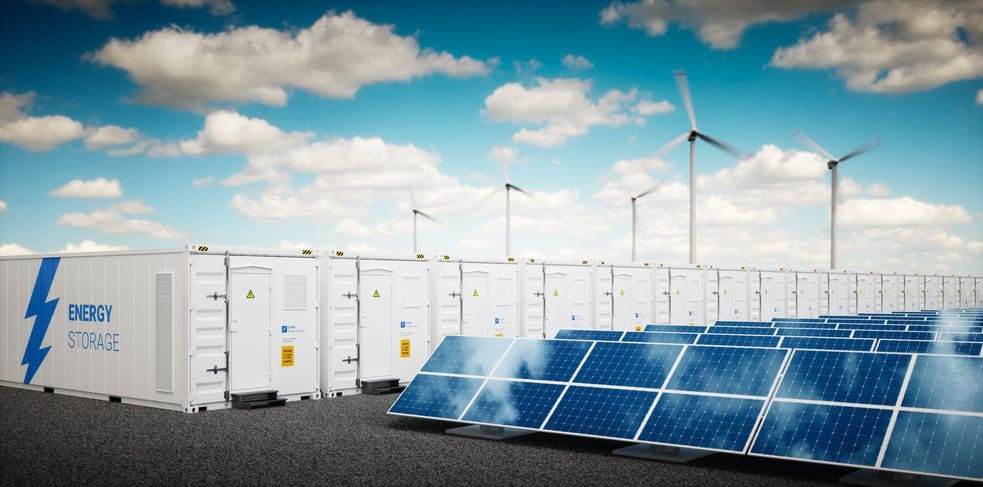There were 23 energy storage tenders announced in the North America region in Q3 2019, marking a drop of 45 percent over the last 12-month average of 42, according to GlobalData’s power industry tenders database.
Generation Equipment stood at first place when compared with other power tender categories in the North America region in Q3 2019 with 68 tenders and a 35.8 percent share, followed by T&D Equipment with 65 tenders and a 34.2 percent share and Energy Storage with 23 tenders and a 12.1 percent share during the quarter.
The proportion of tenders by category tracked by GlobalData in the quarter was as follows:
- Supply & Erection: 17 tenders and a 73.9 percent share
- Power Purchase Agreement: five tenders and a 21.7 percent share
- Project Implementation: one tender and a 4.3 percent share
Solar is top technology for North America energy storage tenders in Q3 2019
Looking at energy storage tenders by the type of technology in the North America region, solar accounted for six tenders with a 27.3 percent share, followed by wind with four tenders and an 18.2 percent share and biopower with three tenders and a 13.6 percent share.
About GlobalData
4,000 of the world’s largest companies, including over 70% of FTSE 100 and 60% of Fortune 100 companies, make more timely and better business decisions thanks to GlobalData’s unique data, expert analysis, and innovative solutions, all in one platform. GlobalData’s mission is to help our clients decode the future to be more successful and innovative across a range of industries, including the healthcare, consumer, retail, technology, energy, financial and professional services sectors.
Oil and gas operations are commonly found in remote locations far from company headquarters. Now, it's possible to monitor pump operations, collate and analyze seismic data, and track employees around the world from almost anywhere. Whether employees are in the office or in the field, the internet and related applications enable a greater multidirectional flow of information – and control – than ever before.











